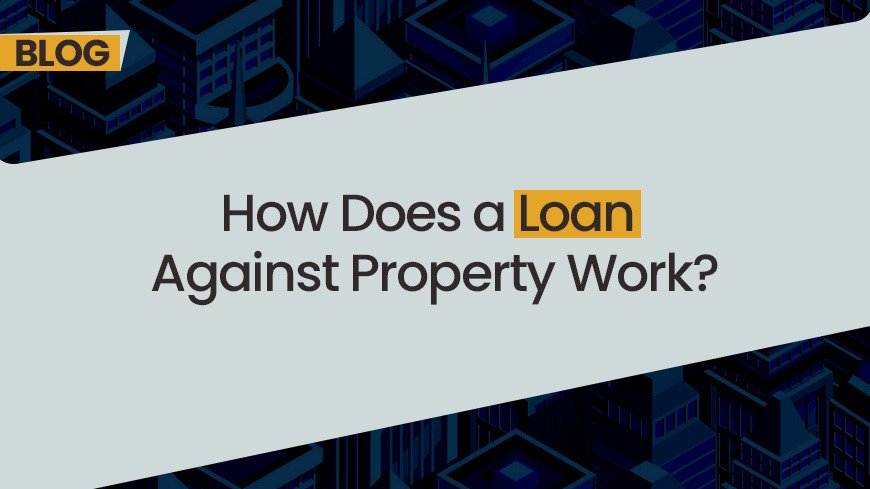- November 24, 2023
- Posted by: Muhammad Afzaal
- Category: Blogs

A Loan Against Property (LAP) is when you borrow money using your house or shop as security. It’s a safe type of loan where you promise your property to get the money you need.
You might get up to 70% of your property’s value as a loan. You can take your time paying it back, depending on the rules of the place you borrowed from. But before you go for this loan, you should learn about how it works, the good and bad parts, and what can affect the interest you pay.
Understanding Loan Against Property
LAP is a loan that uses your property as a promise to pay back. Banks or money companies offer this loan for big things like fixing your house, growing a business, or investing. It’s good for people who need lots of money but can’t give lots of things as a promise. Also, if you want to manage your money better and put all your debts into one loan, it can help.
But remember, if you can’t pay the loan, they might take your property. So, only borrow what you really need and be sure you can pay it back like they say.
Read: How To Invest In Property For Financial Prosperity: Your Guide?
The Process of Applying for the Loan Against Property
Understanding the eligibility criteria, document requirements, and the process, it would be wise to have a grasp of the loan details before signing the LAP agreement.
Eligibility
To be eligible for a LAP, you are required to:
- In Pakistan, place the collateral property.
- Within the age limits of25 to 65
- Should have regular earnings from a job or an earning business with a minimum of Rs 25,000per month.
- Ensure that you have fully authenticated and legally valid property documents.
After verifying that you are eligible, you can then submit your application for a LAP. The lender will examine your creditworthiness and the market value of the property and will approve or reject the application.
Documents Needed
Documentary requirements for an LAP application are necessary to ensure that the loan is granted according to the lender’s regulations and that both the lender and the borrower are protected.
These are the documents necessary for your LAP application:
- Identification (passport, driver’s license, and other government-issued IDs)
- A current utility bill, property deed, or commercial property lease.
- Land papers (offer letter, no objection certificate, and land tax receipts)
- Income Statement (salary slips for the past three months, bank statements, and income tax returns)
Application Process
The first step in the LAP application process is determining if one is eligible. In most cases, lenders demand an income flow, good credit, and a valid title of your property. In addition to that, you should also submit additional documents such as bank statements, financial records, and proof of income.
Features of Loan against Property
This is a loan where the person can use their property (asset) for their financial downfall. It can applied for any personal reason as well as a Business reason.
- Loans against property are processed quicker than other loans. On this note, security is available on the ground.
- Penalties and charges are not involved in pre-closing, so you can pre-close this loan whenever you have money enough.
- Taking a loan using the same property as security for your business and as a loan is also one of the best approaches to growing your business.
- This is a smooth way, of growing your business.
- One advantage of a lap is that the property remains in the borrower’s ownership only, the bank has no share even when the property is mortgaged.
- As such, where the borrower does not possess the credit-paying ability, they can mortgage their property and pay back the loan.
- It can give you a large sum of money for a lap.
- It should be noted that the interest rate for LPA is relatively low. It’s quite a good option for large money borrowing.
Also Read: How Portal Development Revolutionizes In Real Estate Transactions?
Conclusion
The Loan Against Property (LAP) is a loan where you have your property as a security and borrow funds that can amount to up to 70% of the value of the property. It can be advantageous to big expenses, but it is always necessary to understand how it works, its benefits, risks, and factors on which interest rates depend. LAP is fast, pre-closure flexibility, helps business or personal needs and the borrower remains the owner of the property. This alternative has a low interest rate and a lot of money involved which requires careful consideration since the property will be lost if the loan repayment fails.
